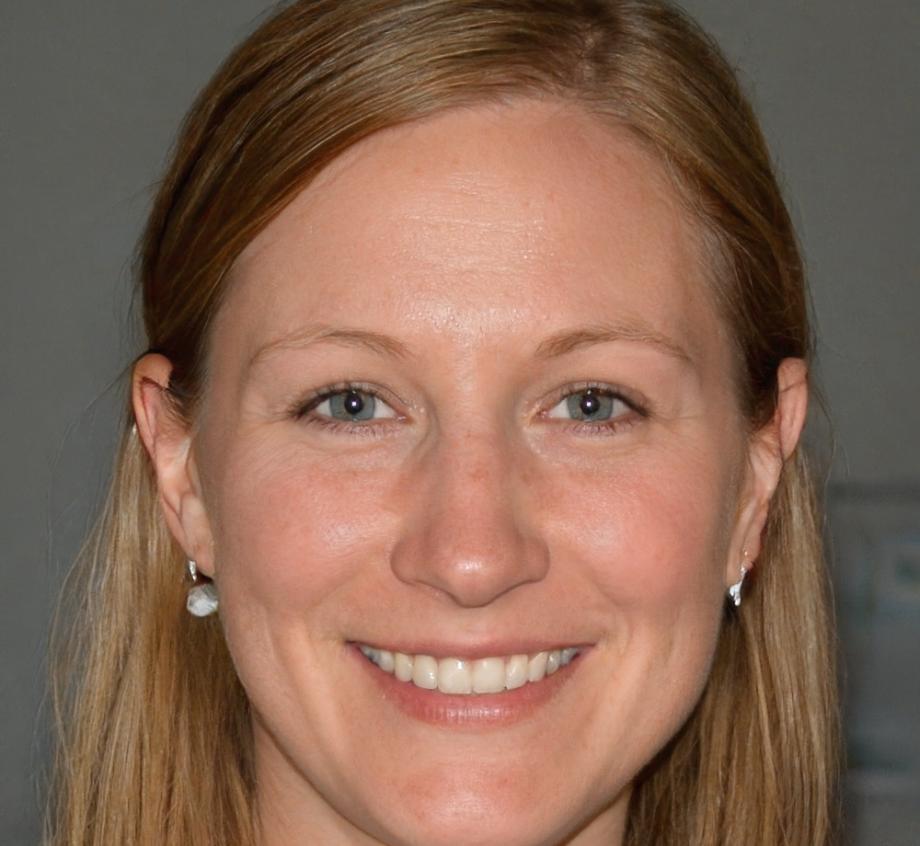Rethinking Budget Decisions Without the Usual Overwhelm
Money conversations don't need to feel stressful. We help professionals and families understand where their resources actually go—and how to shift priorities when life changes direction.

What Makes Budget Prioritization Different From Regular Planning
Most budgeting advice assumes your income stays stable and your goals never shift. Real life? Not so predictable. Our method adapts when circumstances change.
Layered Priority System
Instead of rigid categories, we teach a flexible ranking approach. Your "essential" spending in February might need adjustment by June—and that's perfectly normal when handled correctly.
Decision Flow Analysis
Every financial choice creates ripple effects. We map these connections so you see how one spending decision influences three others down the line—before you commit.
Constraint Recognition
Some expenses don't negotiate. We help identify which costs are truly fixed versus which ones just feel that way because they've been the same for years.
Adjustment Protocols
When income drops or expenses spike unexpectedly, panic usually follows. Our structured adjustment process gives you a clear sequence of moves instead of guesswork.
Common Challenges We Address Through Education
These scenarios come up repeatedly in our sessions. Each one has specific solution pathways that work better than generic advice.
Income Volatility Management
Freelancers and commission-based workers face monthly uncertainty. We teach buffer systems and priority tiers that function regardless of this month's earnings.
Competing Goal Resolution
Save for retirement or pay down debt faster? Both matter. Our framework helps quantify trade-offs so the decision becomes analytical rather than emotional.
Expense Creep Detection
Small recurring charges add up invisibly. We provide tracking methods that catch these before they become significant budget leaks over months.
Emergency Fund Sizing
Three months? Six months? Depends entirely on your situation. Our calculation approach factors in income stability, industry conditions, and personal risk tolerance.

How Our Training Approach Differs From Standard Financial Education
We've noticed that most budget courses teach tactics without context. You learn how to use a spreadsheet but not when to deviate from your plan. Our sessions flip this around.
- Decision frameworks come first, tools second—you'll understand the thinking process behind allocation choices
- Real scenario practice with messy variables, not simplified textbook examples that never match actual life
- Adaptation strategies for when your initial plan hits reality—because it always does within three months
- Partner communication techniques that reduce financial tension in households where spending philosophies differ
The Research Foundation Behind Our Methods
Our curriculum pulls from behavioral economics, cognitive psychology, and practical observations from thousands of budget reviews. These principles guide everything we teach.
Cognitive Load Reduction
Decision fatigue kills follow-through. We structure systems to minimize daily choices while maintaining flexibility for important adjustments.
Feedback Loop Design
Monthly reviews feel too slow, daily tracking feels exhausting. Our interval recommendations match actual behavior change research.
Risk Calibration
Some people underestimate financial risks, others see danger everywhere. We provide assessment tools that counteract both tendencies.
Household Dynamics
Joint finances introduce complications that individual budgets never face. Our methods account for different earning patterns and spending preferences.
Progress Measurement
Traditional metrics focus on savings rate. We track decision quality and adjustment speed—better indicators of long-term financial health.
Trade-Off Transparency
Every choice means something else doesn't happen. We make these opportunity costs visible before commitments, not after regret sets in.

I'd tried three different budgeting apps before finding Pulse Cast. The tools weren't my problem—I needed to understand which expenses deserved priority when everything felt important. Their prioritization framework changed how I think about every purchase decision. Six months in, and I finally feel like I'm directing my money instead of just watching it disappear.
Marketing Consultant, Seoul